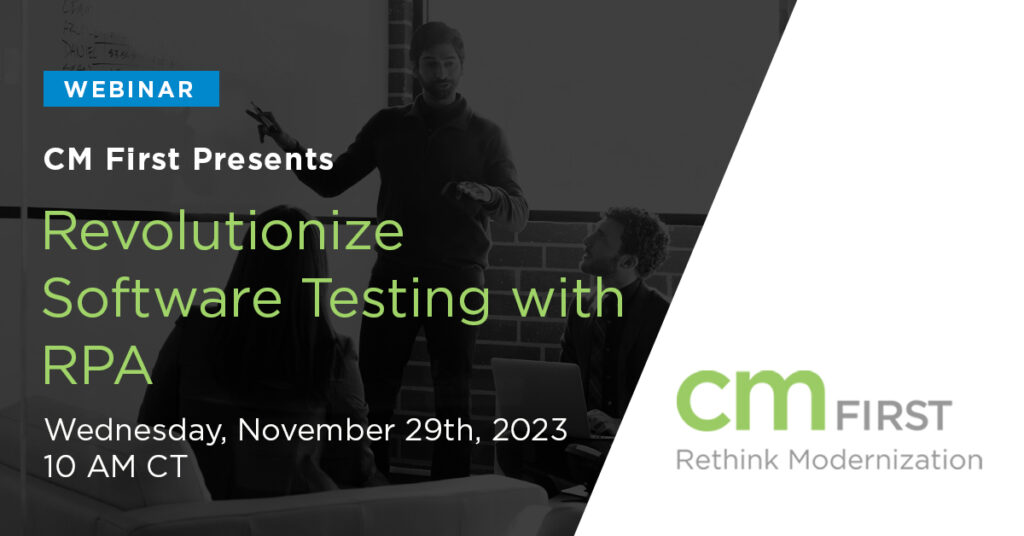In the ever-evolving landscape of software development, it is not uncommon to encounter legacy applications written in outdated programming languages like COBOL, widely used for business applications from the 1960s to the 1990s. As technology has progressed, the need to modernize these COBOL applications has become increasingly acute. To pave the way, we’ve explored the
Artificial Intelligence (AI) evolved over many decades, but its impact on business operations blew up when Open AI released ChatGPT one year ago. Now, from streamlining processes to enhancing decision-making capabilities, AI offers immense potential for growth and efficiency. Despite calls to pause the release of advanced AI until we can get a grip on
In this webinar, you will learn how to "refactor" your legacy app developed in COBOL, RPG, or CA 2E (Synon) directly to maintainable runtime-free Java and JS. Demo included.
In uncertain economic times, reducing costs through efficiency becomes a high concern for most companies. The hard part is getting it done without sacrificing the very thing that makes the company competitive and risk losing market share in the process. One solution that has gained significant traction is Robotic Process Automation (RPA). With it, you
As we’ve identified in previous articles, the Strangler Pattern approach provides a valuable strategy for breaking down legacy applications into smaller, more manageable components while keeping your existing system intact and operating. In this article, we turn to the implementation process in the context of an IBM i application, where we break the application down
The world of work is constantly evolving, and intelligent automation is one of the most significant factors driving these changes. From artificial intelligence (AI) to robotics, automation technologies are transforming industries and reshaping jobs as we know them. In this article, we explore the future of work in the context of intelligent automation, examining its
Are you a seasoned programmer with experience in legacy languages like COBOL or RPG? Are you looking to expand your programming horizons or jump on a modernization project that involves converting COBOL to Java? Look no further! In this comprehensive but high-level article, we will introduce you to the world of Java programming. We will
In this digital age, businesses across various industries are constantly searching for innovative solutions to streamline their operations and boost productivity. Robotic Process Automation (RPA) has emerged as a game-changer, offering significant potential for cost savings, increased efficiency, and improved accuracy. In our recent article Making the Pitch: Selling Robotic Process Automation To Key Players
The business landscape is littered with the carcasses of companies that refused or failed to adapt to change. The last Blockbuster Video standing in Bend, Oregon is a stark monument to how quickly that fate can lock in and ruin a company and pave the way for more agile and forward-looking companies. The kicker: Netflix,
Artificial Intelligence (AI) and Abstract Syntax Trees (ASTs) are used in different contexts and serve different purposes, so it’s only somewhat apt to compare them directly. However, in the context of automating tasks such as code translation or analysis, some points of comparison could be helpful. In this article, we first explore each approach’s pros











